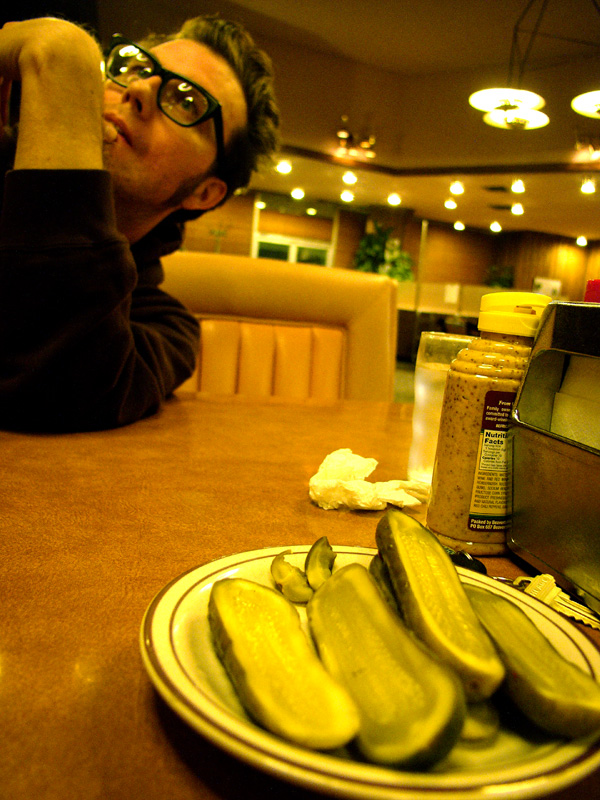My career began after majoring in Studio Art at Loyola Marymount University and I earned a degree with a strong foundation in painting, drawing, photography, and graphic art. It wasn’t until I graduated college that I applied my experience with traditional media into the digital realm of the quickly growing world of games and interactive software in the early 90’s. I’ve been making art in the industry for 20 years now and I’ve shipped 14 games. I’ve worked on 7 Triple-A titles, in terms of scope and development cost, that have all sold well over a million copies each.
From humble beginnings in Q.A. at Philips media, I developed my love for intriguing game play into a passion to merge and support design with art. On these early titles for CD-I and PC, I worked doing whatever I could, from digitally painting 2D backgrounds and cleaning up traditional-to-digital animation, to creating sound assets and designing levels. Through all of the many roles I was asked to fill, I learned how narrative, theme and humor work in concert with game design. I realized these unions were most effective when represented and supported by well crafted art.
While at Dreamworks Interactive in the mid 90’s, I worked on the flagship, WWII, first person shooter franchise, Medal of Honor, the first of its kind for home consoles. Starting with U.I. responsibilities, I soon tackled props, weapons and environment art, while also contributing to design and story. This series culminated for me with Medal of Honor: Frontline, a title that sold over 4 million units.
Dreamworks merged with Electronic Arts. In 2002, I left the studio with a small band of friends to launch our own company, Spark Unlimited. Working as a developer for Activision, we set our sights on a new game that would lead the genre we popularized. I embarked on a 3 week reference trip to Italy, Germany, Belgium and Russia to gather authentic textures and building reference for the team. I modeled and textured a level set in Aachen, Germany, showcasing its City Gate, Opera House and historic Cathedral. Two years later, we released what would be Call of Duty: Finest Hour, the title that launched the franchise and eventually sold over 8.9 million copies.
Leaping to Insomniac Games in 2005, I had the experience of being part of a PS3 launch title with Resistance: Fall of Man. After selecting game locations in England, I organized and completed a two week trip to gather architecture and texture reference for the entire team. I modeled and textured many of the environment assets for York and Manchester, including the controversial Manchester Cathedral. I was fortunate enough to work on all three Resistance titles. This would end up being a hugely successful trilogy of games for Insomniac, the first title selling over 4 million units alone. It was a welcome break when I had the chance to dive into the beloved world of Ratchet and Clank. Different from the dirty, war torn environments of Resistance, Ratchet’s style was a clean, bright, stylized take on art deco. My level responsibilities included creating the interior and exterior of space capsules and the interior of the Great Clock, the location of the final boss battle.
In 2012 I returned to Spark for the opportunity to work on a gonzo game of ninjas and zombies from a venerable Japanese franchise. In Yaiba: Ninja Gaiden Z , my creative contributions include pitching and creating fantastical environments that support story and design . By showcasing elements of cosmic horror amidst the backdrop of a dystopian Eastern Europe, I meant to surprise the player’s expectations of story and setting. Yaiba is slated for release in March 2014.
All of which brings me to the present, where I am looking forward to the next interesting opportunity to create and collaborate. My strengths lie in early creative ideation, level block-out, and working with designers to transform thematic ideas into engaging locations. I am experienced at creating small vignettes of storytelling as well as resolving large areas of game play, and refining them to be iconic locations along the player’s journey
Games are at their most memorable and evocative when we invite players into a world whose fiction is revealed and supported at every opportunity. Stories, legends and landmarks are what make an environment evocative of history. It’s my passion to create these spaces that the player can connect with, in order to make a history of their own.
